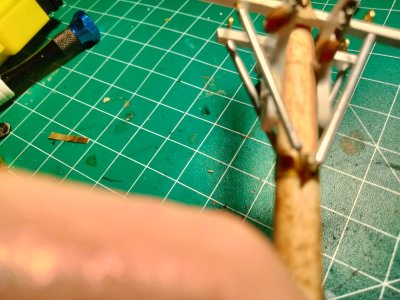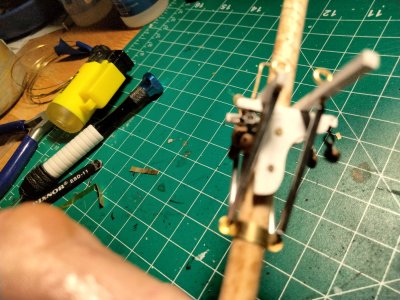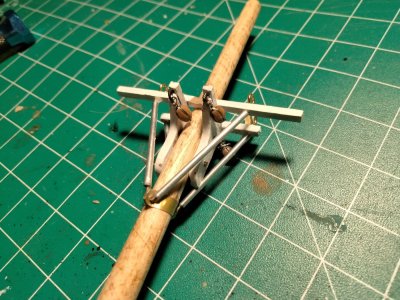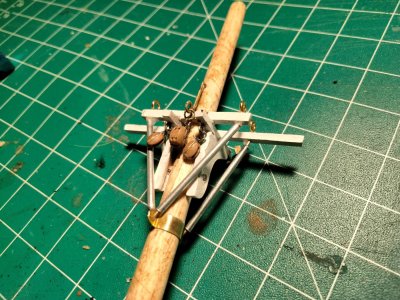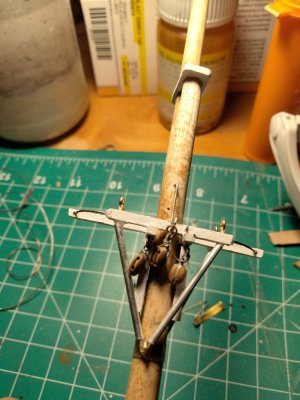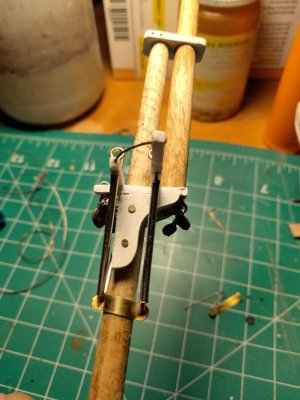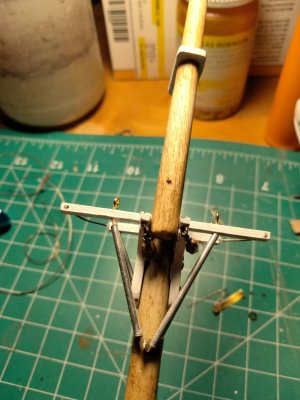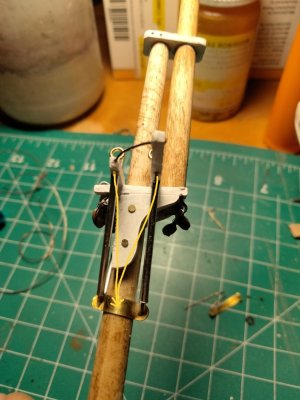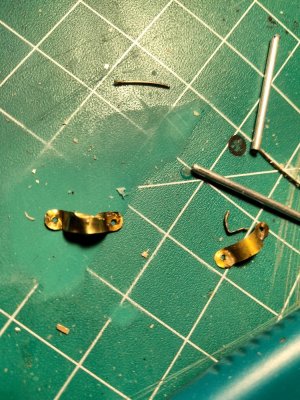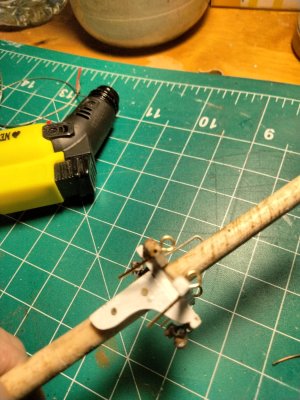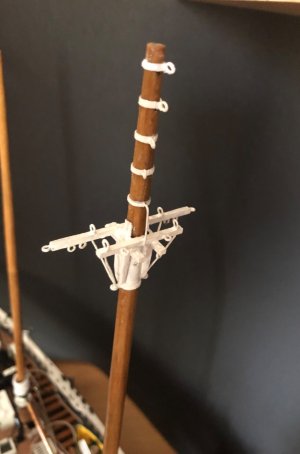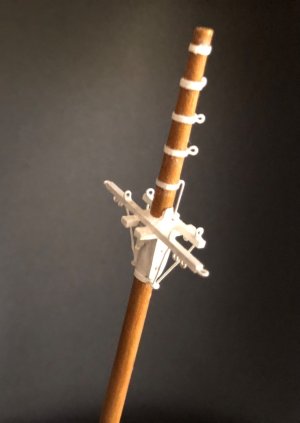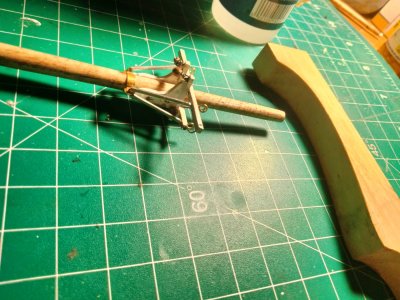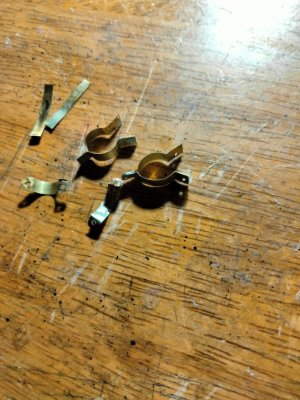Hey Ted,
Well, this is getting somewhat messy, but I think the situation is still salvageable.
If I understand correctly, you deviated from the YQ plans by ordering custom blocks of varying sizes. This in itself is not an issue, but simultaneously implies you'd have to order the appropriately sized ropes, since the diameters of the holes in the blocks will be different than the holes in the YQ supplied blocks and thus unusable with your purchased blocks.
My suggestion would be for you to determine where to use what size block, this will also determine the rope size. This will require quite some work, namely to mark every single block and rope on the drawing, before doing anything else.
As illustration, for my BN I used block sizes 3, 4, 5 and 6mm and thread sizes 0,3, 0,4, 0,5 and 0,6mm, colored dark brown for the standing rigging and beige for the running rigging. To ty off ropes I exclusively used serafil 0,012mm thick.
Follow Dan's advice; sit back, relax, take a deep breath, a nice glass of wine and start re-planning your rigging and don't do anything to your hardware until you've gotten yourself a complete, well thought through plan.



drydockmodelsandparts.com




